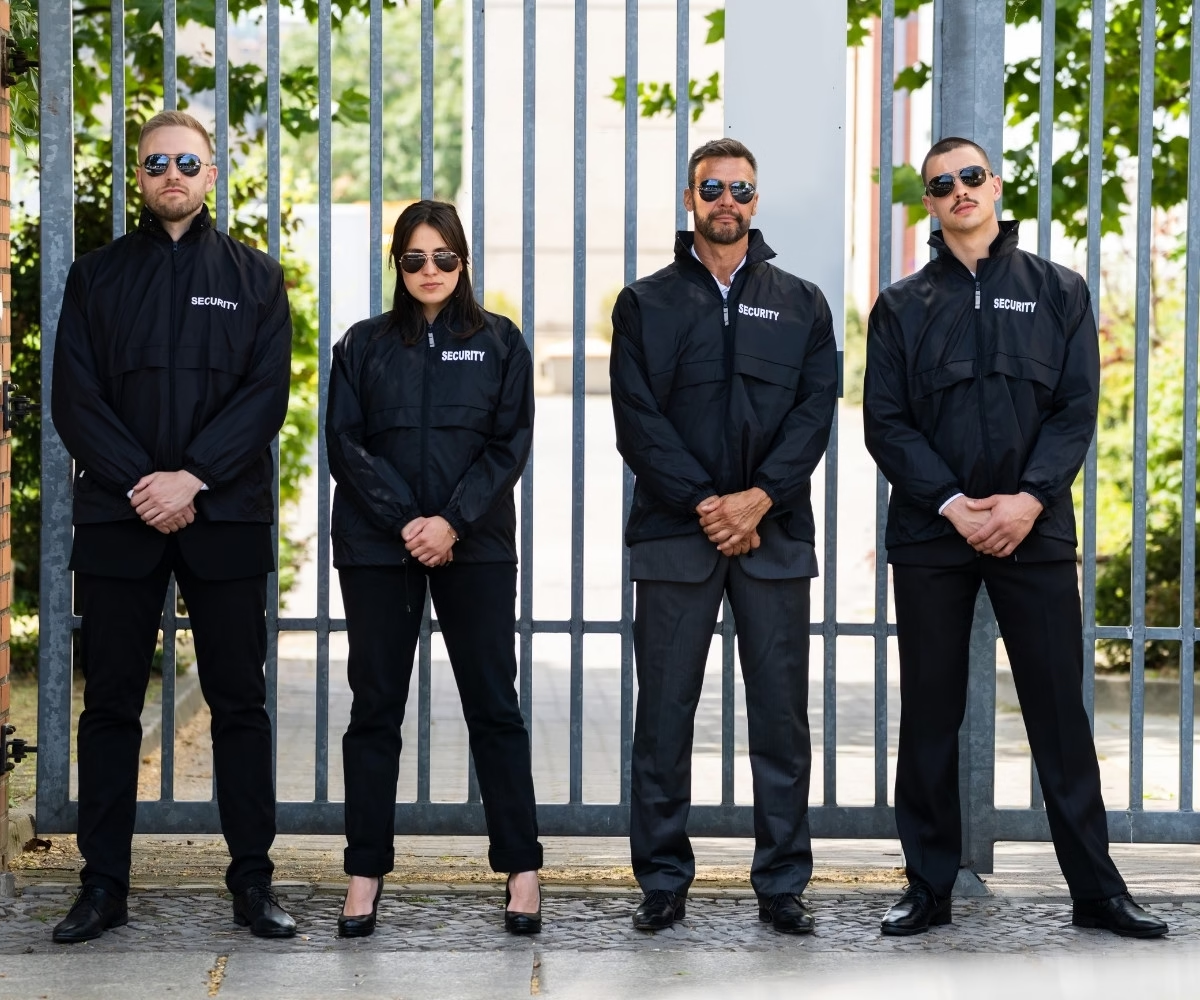When considering how to safeguard your property, event, or business, one of the most important choices you’ll face is whether to hire Unarmed Security Guards or Armed Security Guards. This decision goes beyond personal preference—it’s a strategic call based on threat level, operational environment, and public perception. Understanding the key differences between these two types of security personnel is essential to making an informed and effective decision.
Defining The Role Of Unarmed Security Guards
Unarmed guards provide security services without carrying firearms. They are trained to observe and report, control access, patrol premises, and handle emergencies using non-lethal methods. Their role is highly visible and geared toward prevention through presence.
Unarmed guards are commonly employed in environments such as schools, retail spaces, residential complexes, office buildings, and public institutions. These locations typically have low to moderate risk levels and benefit from a security presence that does not intimidate clients, staff, or visitors.
Understanding The Function Of Armed Security Guards
Armed guards carry licensed firearms and are trained in advanced defense techniques, use-of-force laws, and tactical response. They are often deployed in higher-risk scenarios, including banks, government buildings, high-value retail stores, and events involving VIPs or large crowds. Their presence is not only a deterrent to serious threats but also a line of defense in the event of a violent confrontation.
The decision to hire armed security guards should be grounded in necessity, as it carries greater legal responsibility and potential liability. It’s essential to ensure that armed personnel are properly licensed and receive regular training to maintain compliance and competency.
Assessing Your Risk Level
One of the most critical factors in selecting between armed and unarmed security is evaluating the specific risks associated with your location or operation.
Low-risk environments with minimal security incidents may only require unarmed personnel for general surveillance and customer service roles. Conversely, high-risk areas or those with previous incidents of violence or theft may warrant the immediate protection and rapid response that armed guards can provide.
A formal risk assessment—often conducted by a professional security firm—can help identify vulnerabilities and recommend the appropriate level of protection based on data, history, and environmental factors.
Comparing Training And Professional Standards
Both unarmed and armed guards must meet state and local requirements, but the extent of training and certification varies significantly.
Unarmed guards typically complete instruction in observation, communication, conflict resolution, and emergency procedures. Armed guards, in addition to this foundational training, undergo firearms education, psychological evaluations, and ongoing proficiency testing.
This deeper training equips armed security guards to handle high-pressure situations but also requires stricter oversight, more intensive background checks, and a strong understanding of legal boundaries related to weapon use.
Legal, Regulatory, And Liability Considerations
The legal implications of employing armed security are more complex than those associated with unarmed personnel. Armed guards must maintain active firearms licenses and certifications that meet state mandates. Employers must also carry higher liability insurance to protect against potential misuse of force.
Hiring armed guards involves strict adherence to legal standards, including use-of-force laws, weapons handling regulations, and continuous education. Unarmed security guards, while still regulated, present fewer legal risks and are often easier and faster to hire, particularly for short-term or temporary roles.
Public Perception And Customer Experience
How your security team is perceived by the public can significantly impact your business or brand. Unarmed guards generally appear more approachable and friendly, making them suitable for customer-facing environments like malls, hotels, and schools. Their presence assures without evoking fear.
Armed guards, while reassuring in high-risk environments, can be intimidating in low-risk or customer-centric spaces. Businesses must carefully balance the need for visible security with the potential discomfort that firearms may create among patrons or employees.
Choosing the wrong type of guard for your environment may unintentionally damage your brand’s reputation or erode trust with your clientele.
Matching Security Strategy to Business Goals
Your decision should also align with the broader goals and culture of your organization. If you aim to create a relaxed, customer-friendly atmosphere, unarmed guards may support that objective more effectively. However, if your operations involve protecting high-value assets or ensuring rapid threat response, armed security guards may be necessary despite their more assertive appearance.
Security should enhance—not hinder—your business objectives. By aligning guard selection with your operational goals and audience expectations, you create a seamless layer of protection that supports productivity and peace of mind.
Integrated Solutions For Balanced Protection
In some situations, a blended approach works best. For example, a corporate campus may deploy unarmed guards in public-facing roles and station armed personnel in more sensitive areas like data centers or executive offices. This layered security strategy allows organizations to balance visibility, deterrence, and response capabilities across their entire operation.
An integrated solution should be based on a detailed security assessment and tailored to fit the specific risks and roles within your organization. Working with a reputable security firm ensures that this strategy is both compliant and effective.
Key Components Of An Effective Security Strategy
Several key components should be included in an effective security strategy:
- Risk Assessment: Identifying and analyzing risks, both internal and external, helps prioritize security measures and allocate resources effectively.
- Access Control: Systems like biometric authentication or keycards restrict access to sensitive areas, preventing unauthorized entry.
- Video Surveillance: Real-time monitoring and recorded footage deter intruders and help review incidents.
- Intrusion Detection/Prevention: These systems monitor network traffic for suspicious activity and can block or flag threats automatically.
- Fire Detection/Suppression: Sensors detect smoke, heat, or flames, triggering alarms and activating suppression systems to stop fires early.
- Environmental Monitoring: Systems track conditions like temperature, humidity, and leaks to prevent equipment damage.
- Network Security: Firewalls, antivirus software, and encryption protect against unauthorized access to networks and data.
- Disaster Recovery/Business Continuity: Plans ensure operational recovery and continuity after disasters.
Making the Right Decision
There is no universal answer to whether armed or unarmed guards are better—it depends entirely on your unique security needs. Factors such as risk level, customer experience, legal liability, and operational goals all play a role in determining the right solution. Consulting with experienced security professionals, conducting thorough assessments, and involving key stakeholders in the decision-making process will ensure that your investment in security delivers maximum value and effectiveness.



Leave a Reply